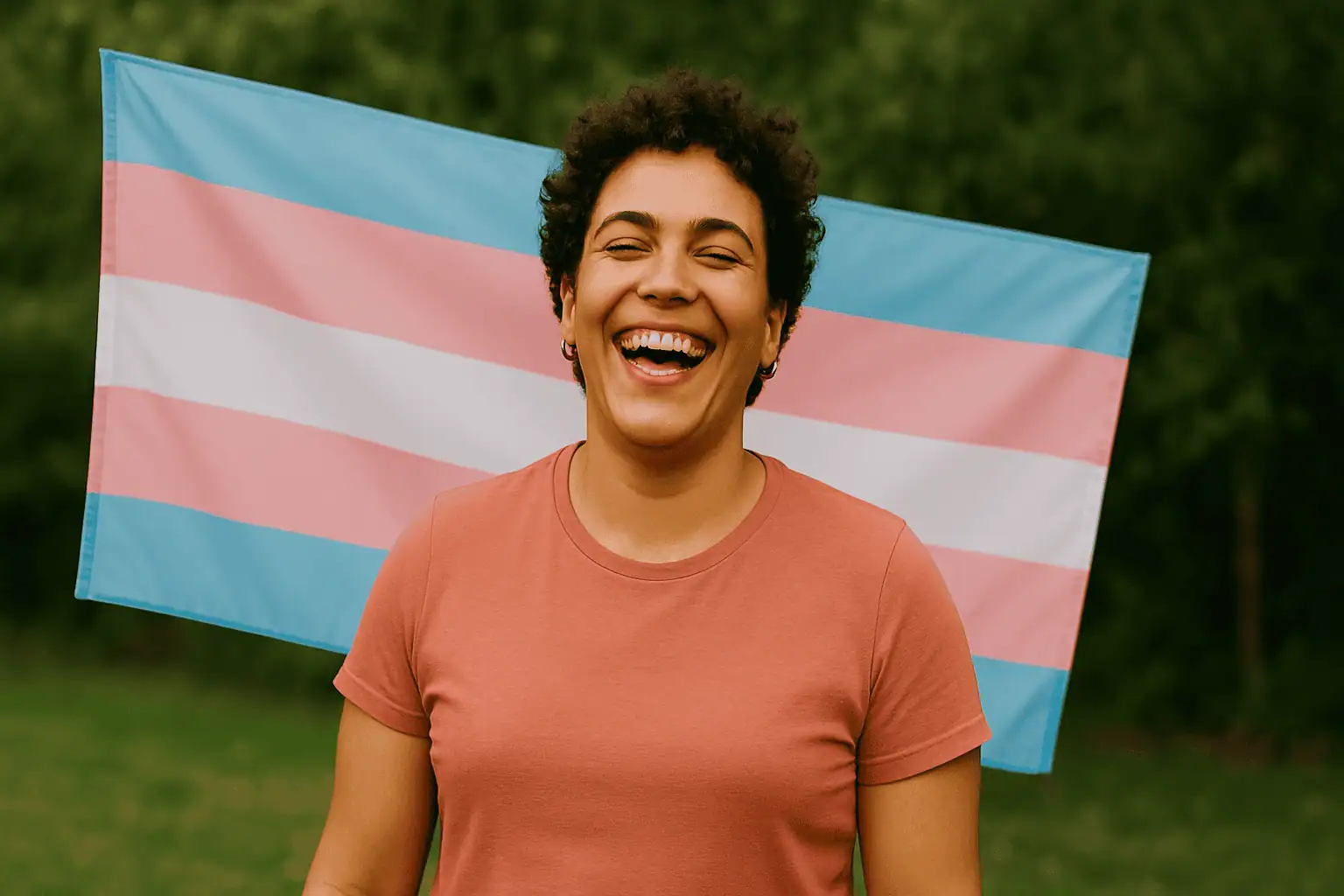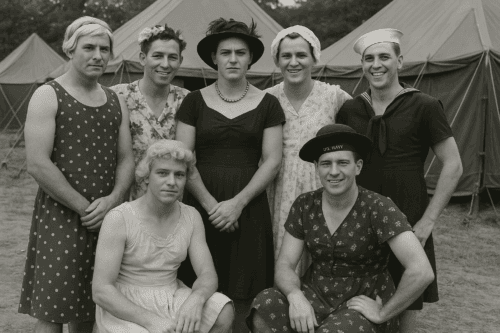
Gender Identity 101
Let’s be honest: for most people, talking about sex and gender identity can feel like navigating a labyrinth. Maybe you’re a trans woman who grew up dodging awkward conversations about “boys and girls.” Or perhaps you’re non binary, rolling your eyes every time someone mentions there are only two genders, as if that’s the end of the discussion. Even in 2025, the world still has a long way to go when it comes to understanding gender diversity, gender expression, and the nuanced reality of non binary identities.
But that’s exactly why this conversation matters. For trans people, nonbinary people, gender diverse folks, and anyone questioning where they fit in the gender binary, it’s about more than language or labels. It’s about self-acceptance, self-discovery, and finding joy in your body and your sexuality.
Why Gender Identity Belongs in the Conversation
Growing up, most people are handed a script: you’re either assigned female or assigned male at birth, and everything from your name to your wardrobe and sexual orientation is supposed to line up neatly with that choice. No wonder so many transgender youth feel confused, or, honestly, downright invisible.
Let’s pause here. For trans man or transgender woman readers, you might have felt the world expected you to conform to one story, and any deviation—maybe you want to wear makeup, or you don’t—was seen as odd. But real life? It’s way messier, richer, and more idiosyncratic than the gender binary ever allows. The truth is, gender identity isn’t a set of rigid rules—it’s a lifelong process of self discovery and (hopefully) learning to feel secure in your true self.
If you’re a parent reading this, or someone who wants to be a better advocate or ally, here’s something that matters: children and youth are always watching. They pick up on how you talk about gender diverse people, what you say about queer folks, how you treat people who use gender neutral pronouns. Your words and actions ripple out, shaping how the next generation sees themselves—and others—in the world.

Transitioning Socially: Navigating New Territory
Transition isn’t just about medical interventions or a change of clothes. For anyone exploring their gender identity, this stage of transition is deeply personal. For many people, social transition comes first. This can mean asking friends and family to use correct pronouns (which can be more daunting than most people think). It’s also about sharing inspiring stories—yes, the real, messy kind where you stumble, question, or even backtrack.
Sometimes, especially for nonbinary people or those with gender diverse backgrounds, there’s an added layer. You might find pop culture celebrates a “certain” type of trans community, but leaves out those who don’t fit the mainstream narrative. Remember: your journey is your own. No two people—whether they’re a trans man, transgender woman, or someone exploring non binary identities—will have the same path.
And yeah, you might feel confused along the way. Most people do. What matters is that you keep moving forward, one step at a time.
Gender Dysphoria and Sexual Confidence
Let’s get real: gender dysphoria is a beast. Not every trans person experiences it, but for those who do, it can seep into every part of life—including the bedroom. Some days you might be perfectly at peace with your gender expression, ready to find joy and explore pleasure. Other days, old doubts creep in and you want to disappear.
Talking about this stuff isn’t easy. Practicing self-acceptance, learning what feels good for you, and talking openly about your gender identity and needs can help reduce feelings of dysphoria—and even transform the way you relate to your own body.

Using Gender-Affirming Language
There’s something revolutionary about using the right words. For trans women, trans men, and nonbinary people, hearing correct pronouns and gender-affirming language can be life-changing. It can ease dysphoria, build intimacy, and help you feel secure. For some, it’s as simple as asking a partner to say “handsome,” “beautiful,” or “cute.” For others, it’s discussing body parts and what language feels affirming, or just neutral.
If you’re not sure what language your partner prefers, ask. It’s not awkward—it’s respectful. And let’s be clear: gender neutral pronouns aren’t just a trend. They’re a basic courtesy, and using them correctly shows you see someone for who they really are.
Embracing Gender Diverse Identities
Most people have grown up in a world obsessed with binaries—male/female, gay/straight, black/white. But gender diversity is everywhere, if you know where to look. Intersex people, for example, have been part of human history since before World War II (and yes, even before pop culture ever caught up). Yet their stories are too often erased or misunderstood.
For non binary identities and gender diverse people, living authentically means pushing back against the idea that there are only two genders. Your story might not fit in a neat little box—and that’s not just okay, it’s beautiful.
Pop culture is slowly catching up, too. More transgender people are living their truth and expressing themselves in unique, personal ways—makeup or no makeup. They’re finding support and connection in queer, gender-diverse communities. If you’re looking for role models, start close to home.
Check out LGBTQ+ centers or explore online forums where people share their authentic journeys.

Community, Self-Acceptance, and Finding Joy
Being trans or non binary can feel isolating, but there’s an entire world of community out there. From parents of trans youth to advocates pushing for better health care, the trans community is as rich and diverse as the rainbow flag itself.
Self-acceptance doesn’t happen overnight. Sometimes you’ll find joy in small victories. Using your correct pronouns in a new space, wearing clothes that finally feel right, or telling your story to someone who listens. Other days, you might struggle, especially if you’re dealing with gender dysphoria or feeling misunderstood by the people around you.
Understanding and respecting gender identity helps create a world where everyone feels seen, safe, and celebrated.
But remember: your journey is important. Your story can inspire others. And you never know who might relate to your experience. Return to home.

